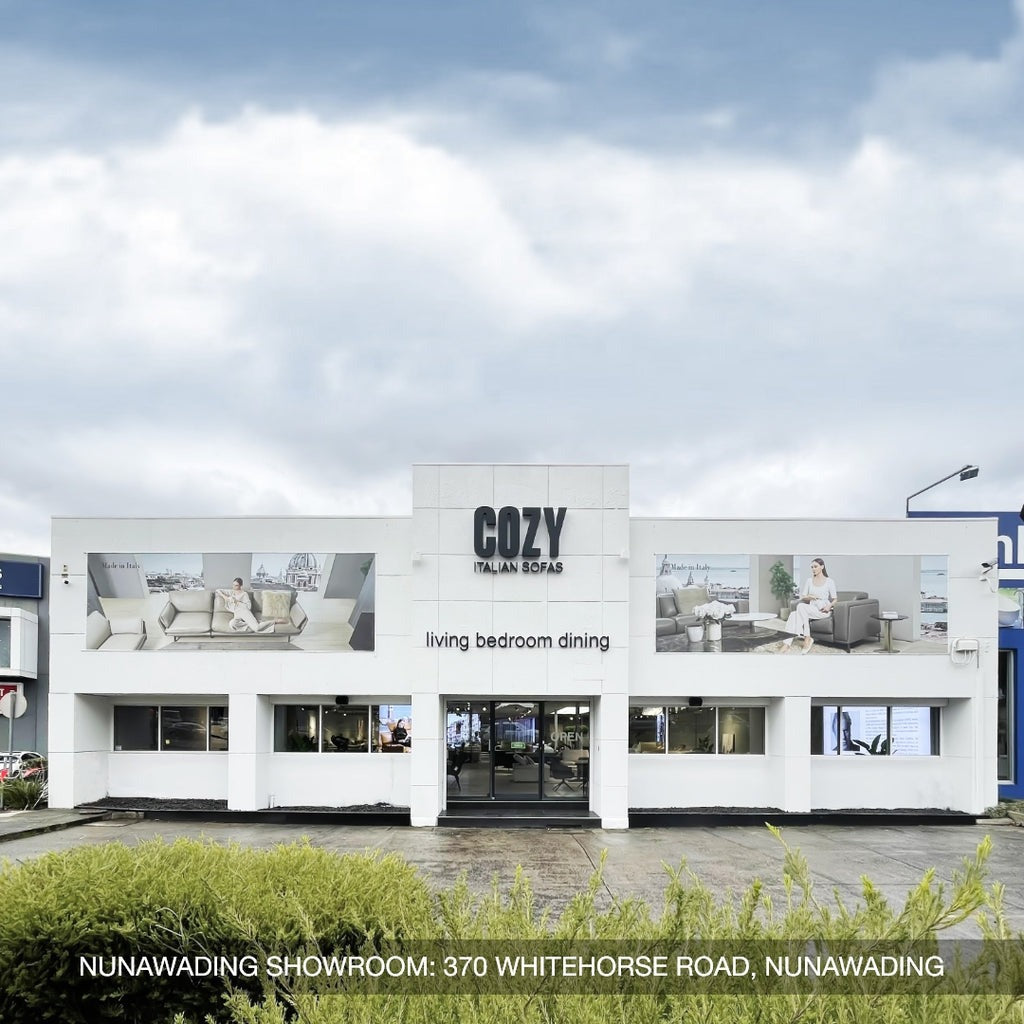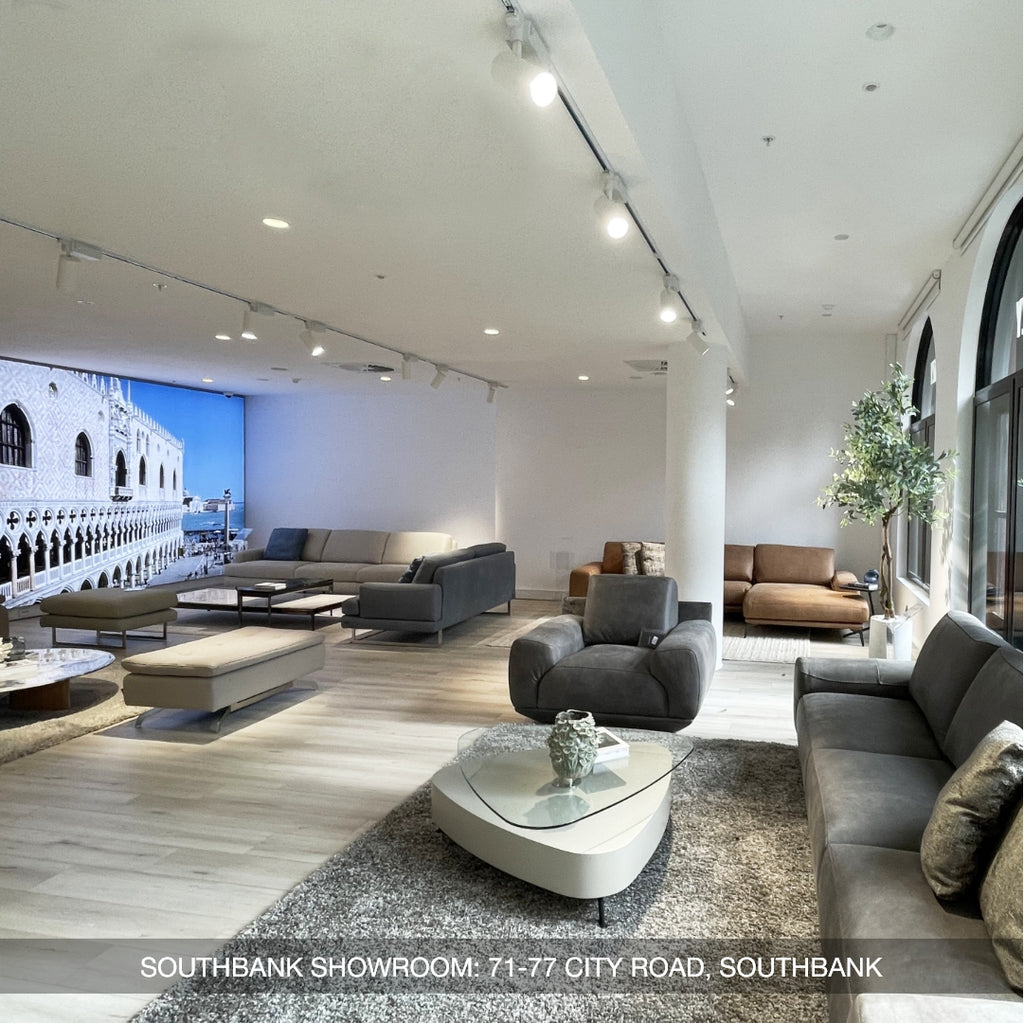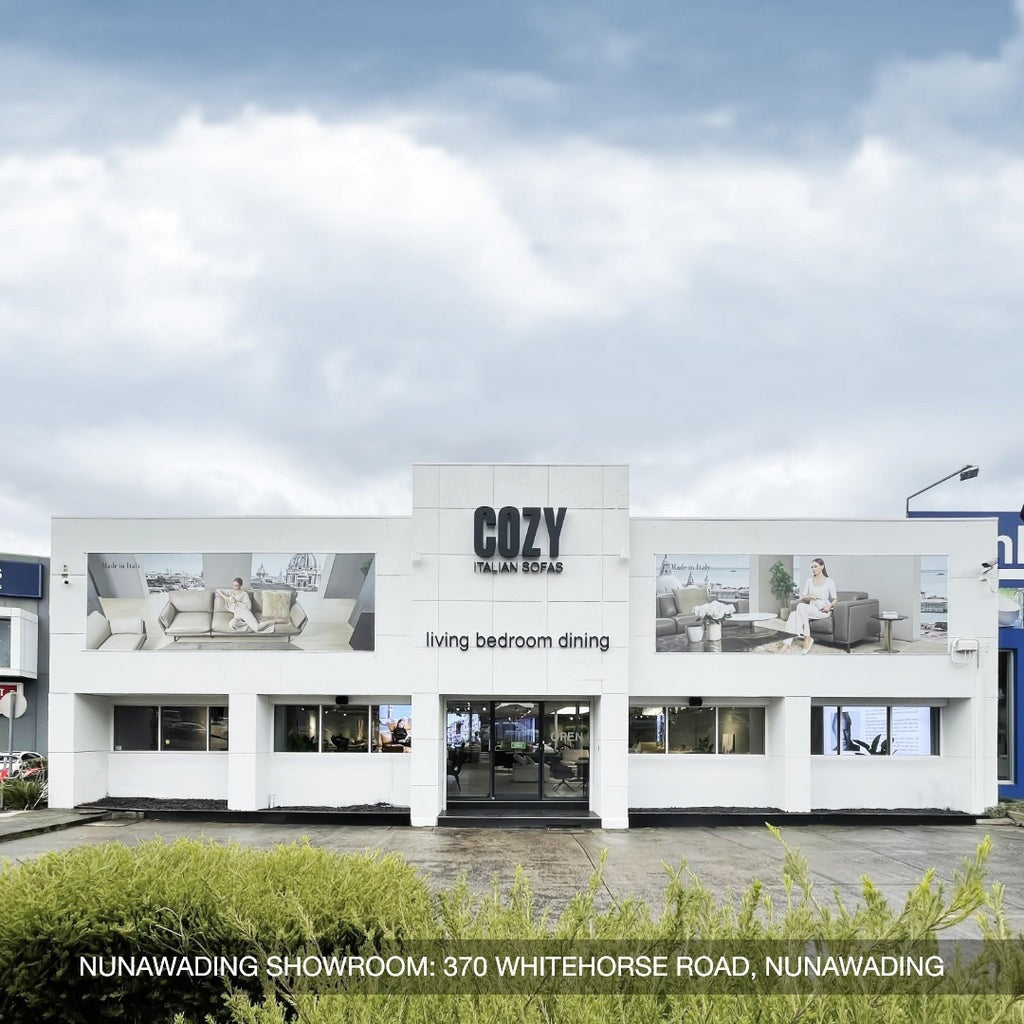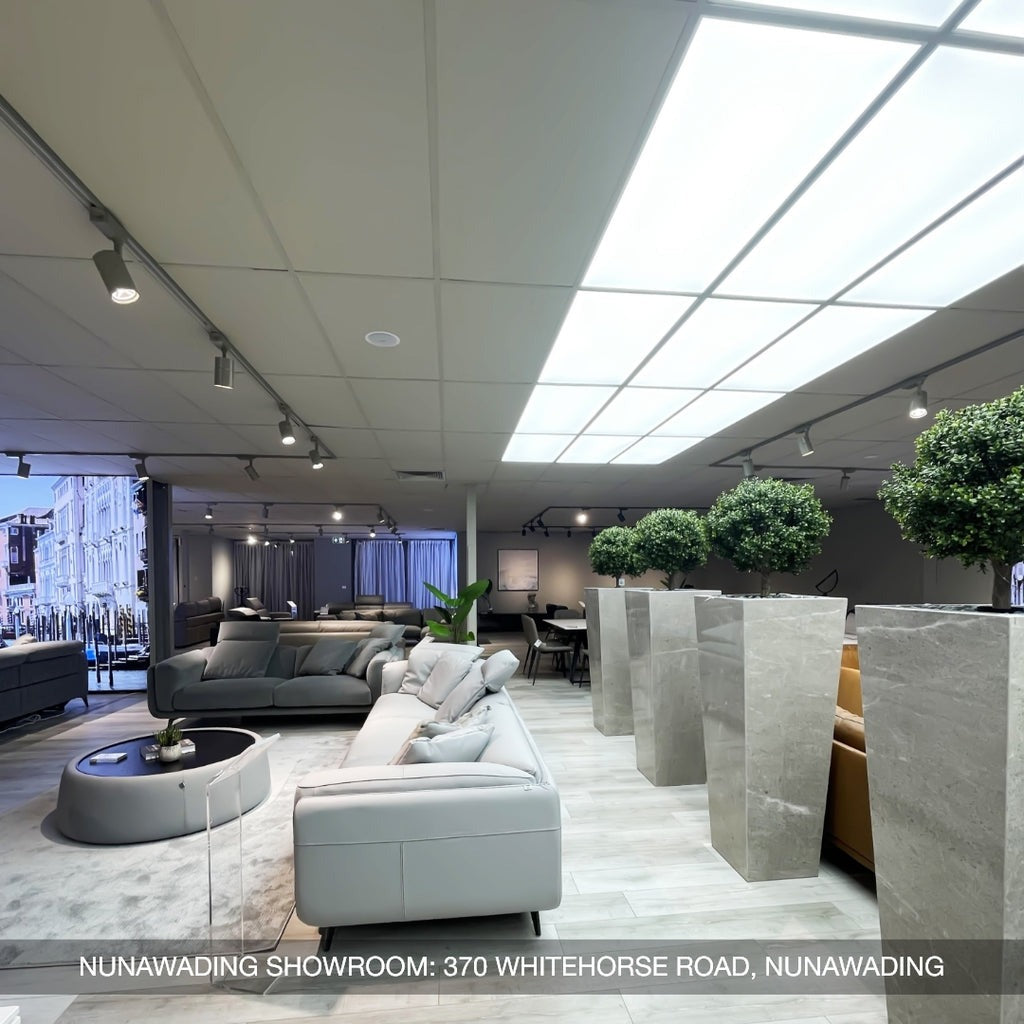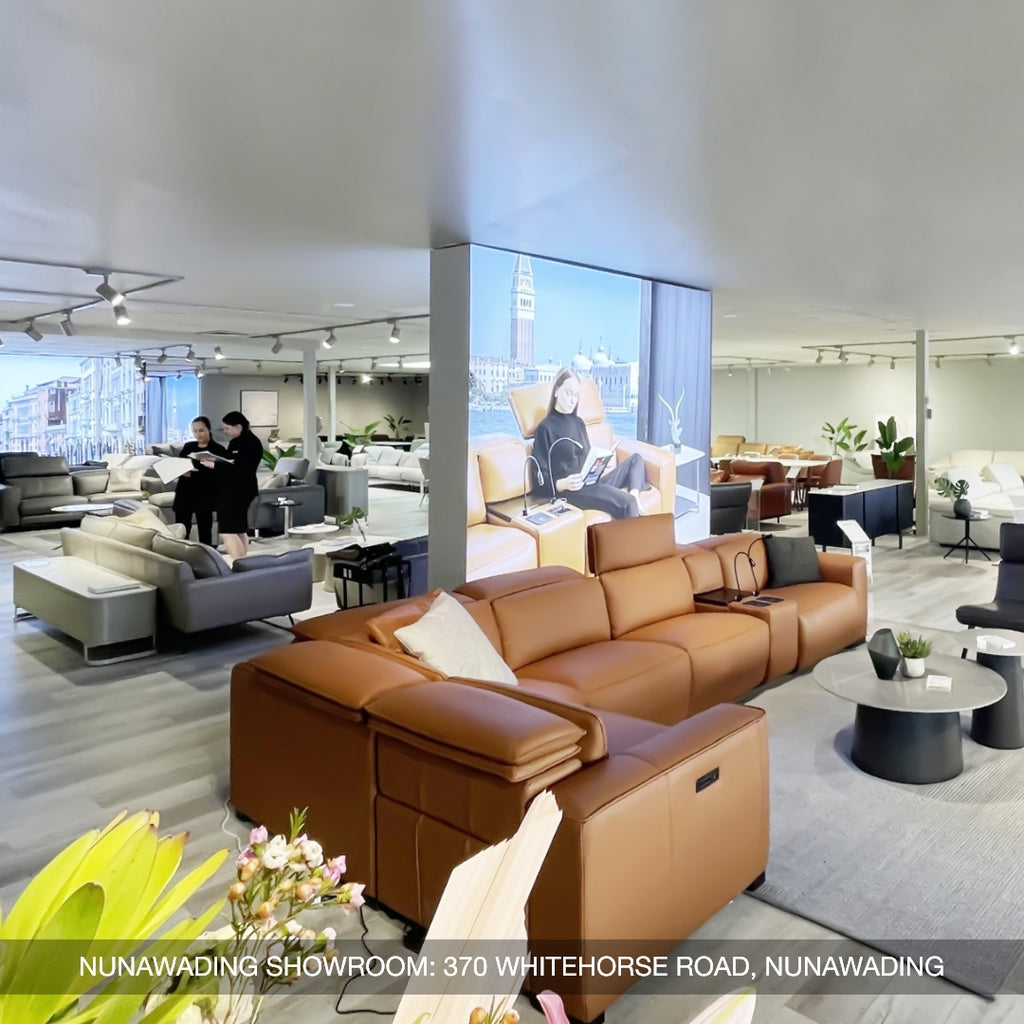A contemporary living room is defined by its clean lines, functional layout, and emphasis on simplicity. Understanding the elements and principles of interior design is crucial when creating a space that embodies modernity. These elements include color, texture, furniture, and lighting, all of which work together to create a cohesive and inviting environment. Key characteristics of contemporary interior design, such as open spaces, minimalist aesthetics, and neutral color palettes, play a significant role in achieving this style. By focusing on these aspects, one can master the art of living room contemporary interior design, balancing form and function in every detail.
Clean Lines and Minimalism
The contemporary style avoids excessive decoration, favoring open spaces and a focus on functional furnishings. This makes the space feel more expansive and organized, which is ideal for modern living. The simplicity in design helps the space breathe, ensuring that every item serves a purpose.
Furniture and architectural elements in a living room contemporary interior design often feature straight lines, geometric shapes, and angular forms. This creates a sense of order and precision, distinguishing it from more traditional, ornate styles.
A clean, minimalistic design promotes serenity and spaciousness. The lack of visual clutter fosters a calming environment, which is crucial for a contemporary living room that values relaxation and simplicity. This design approach can also visually expand the space, making it feel larger than it is.
Neutral Color Palette with Accents
These colors serve as a backdrop, creating a serene and versatile atmosphere that can accommodate a variety of other elements. Neutrals are timeless, providing a sophisticated and clean look that works well in any setting, whether urban or suburban.
Although neutral colors dominate the space, contemporary living rooms embrace bold accent colors often through textiles, artwork, or other accessories. These accents can range from deep blues, greens, and mustard yellows to metallics like gold and silver, which offer sophistication and contrast without overpowering the room’s design. These touches of color harmony principles create interest and balance while maintaining the overall harmony of the space.

Neutrals are timeless, offering a clean, refined aesthetic that fits seamlessly in both urban and suburban settings.
Open Spaces
Open-plan designs are favored in contemporary living rooms, making it easy to transition between the living room, dining room, and kitchen. This layout creates a seamless connection between different areas, fostering a sense of openness and encouraging social interactions.
Walls, doors, and partitions are minimized or eliminated to create an open flow. This ensures that there are no unnecessary barriers between spaces, allowing for comfortable and intuitive movement. Furniture placement is also key in defining space, ensuring that each area is easily accessible.
Contemporary interior design elements often feature large windows or glass doors that let in an abundance of natural light, making the room feel fresh and bright. Maximizing natural light not only enhances the ambiance but also helps connect the indoors with the outdoors, giving the space a more expansive feel.
Functional Furniture
The pieces in a contemporary living room are selected based on their ability to serve multiple functions. This includes storage solutions that don’t detract from the room’s design, like ottomans that double as tables or coffee tables with hidden compartments. This functional approach helps maintain the minimalist ethos while ensuring that every item in the room serves a clear purpose.
With modern homes often having limited space, multifunctional furniture is a key feature of contemporary living rooms. For example, sofa beds, extendable tables, and modular shelving units allow for more flexible use of space. These pieces adapt to different needs without sacrificing style or comfort, offering a practical yet visually appealing solution for smaller living spaces or open-concept layouts.
Contemporary living rooms are designed to feel open and uncluttered. Furniture with sleek lines and minimalist shapes helps create a sense of balance and flow, making the space feel airy and comfortable. The pieces are functional but designed in such a way that they don’t dominate the space or interfere with movement. This ensures the room feels spacious, even if it's smaller in size.
Incorporation of Modern Materials
Modern materials such as glass, polished metals, and concrete are common in living room contemporary interior design. Glass is often used for large windows, coffee tables, or even art pieces, allowing light to pass through and creating a sense of transparency and openness. Metal accents, like steel or brushed brass, add sophistication, while concrete surfaces contribute an industrial feel. These materials align with current design trends, offering a modern, clean, and cutting-edge appearance.
Blending different materials is a hallmark of contemporary interior design. This might involve mixing smooth glass with rough concrete, or pairing leather upholstery with a wooden coffee table. The contrast between materials adds depth and texture, creating a dynamic visual experience. By carefully layering design elements in this way, the living room becomes more interesting and engaging, without feeling chaotic or overcrowded.
Durability and ease of maintenance are key considerations in modern living room design. Materials like high-performance fabrics, scratch-resistant surfaces, and synthetic woods are often used to ensure longevity and practicality. These materials help the space maintain its sleek appearance even with everyday use, making them ideal for living room contemporary interior design.
As sustainability becomes increasingly important, many contemporary living rooms are incorporating eco-friendly materials. Bamboo flooring, reclaimed wood furniture, and natural fiber textiles are just a few examples of sustainable choices that contribute to a greener, more sustainable design. Using these materials not only reduces environmental impact but also adds an element of natural warmth and texture to the room.

Modern materials like glass, polished metals, and concrete are key elements in contemporary living room design.
Technology Integration
Technology is woven into the fabric of contemporary living room design. Smart TVs, sound systems, and wireless speakers are typically incorporated into the room, enhancing entertainment options without compromising on aesthetics. These technologies often blend with the room’s overall design, becoming invisible when not in use or embedded within furniture pieces like media consoles.
A significant feature of contemporary living rooms is the integration of smart home systems, which allow for voice-controlled lighting, temperature regulation, and security features. Energy-efficient lighting, such as LED fixtures or dimmable recessed lighting, not only reduces electricity consumption but also contributes to a modern, streamlined aesthetic. Smart lighting can also be adjusted to set the mood or highlight specific areas of the room, further adding to the design’s versatility.
Artistic Elements
The living room contemporary interior design often features one or more statement pieces of artwork or sculptures that serve as focal points. These pieces might be abstract paintings, oversized sculptures, or striking photographs that capture attention and provide an artistic narrative to the room. Bold artwork, with its vibrant colors or striking composition, contrasts beautifully with the minimalist surroundings of contemporary interior design, creating a striking visual balance.
While contemporary elements in living rooms are typically minimalist in nature, they allow for expressive artistic elements that infuse personality into the space. This includes carefully chosen artworks that complement the color scheme and design principles without overwhelming the room. This balance between minimalism and creativity is key to creating an environment that feels both serene and vibrant, allowing individual style to shine through while maintaining overall cohesion.
Lighting as a Design Feature
Lighting can be used strategically to highlight indoor plants, softening the more industrial or minimalist surfaces like metal, glass, and concrete. The play of light on greenery can bring warmth and life into the space, making the living room feel more natural and welcoming. Furthermore, plants improve indoor air quality, enhancing the healthful ambiance of the room and contributing to an overall sense of well-being.
Lighting can be used to highlight natural materials, such as wood or stone, enhancing their visual texture. Soft, warm lighting helps bring out the richness of these materials, adding a sense of warmth to the room. Whether through overhead pendant lights, table lamps, or floor lamps, the lighting design complements the room’s material choices, contributing to both the aesthetic appeal and functionality of the space.
Lighting can be an integral part of biophilic design, which seeks to create a connection between indoor spaces and nature. Natural light is maximized through large windows or sliding glass doors, allowing the living room to blend seamlessly with the outdoors. This creates an open, airy atmosphere that fosters well-being and contributes to a sense of calm and tranquility. Additionally, carefully placed artificial lighting can mimic natural light, making the room feel bright and alive, even during the evening.

Lighting can be strategically used to accentuate indoor plants, softening the more industrial or minimalist elements like metal, glass, and concrete.
Comfortable Textiles
The living room contemporary interior design is known for their use of comfortable textiles that add warmth and tactile appeal. Plush sofas, soft throws, and textured rugs help balance the cooler, sleeker elements in the space, such as metal or glass. These fabrics create a contrast that enhances the cozy, lived-in feel of the room while still maintaining a modern aesthetic.
While contemporary interior design is often minimalist in its approach, textiles are used strategically to soften the starkness and make the space more approachable. Cushions, blankets, and rugs can introduce color, texture, and warmth without overwhelming the minimalist aesthetic. This balance allows the space to feel both stylish and welcoming, creating an environment where people feel comfortable and relaxed.
While contemporary interior design is often minimalist in its approach, textiles are used strategically to soften the starkness and make the space more approachable. Cushions, blankets, and rugs can introduce color, texture, and warmth without overwhelming the minimalist aesthetic. This balance allows the space to feel both stylish and welcoming, creating an environment where people feel comfortable and relaxed.
The selection of textiles offers an opportunity to infuse personal style into the room. Whether it’s through the choice of fabric for upholstery, cushions, or curtains, the color and texture of these elements can reflect the homeowner’s individual preferences. Soft velvet cushions, linen throws, or wool rugs add a tactile dimension to the space, giving it a personalized and inviting feel while adhering to the principles of modern design.
Layering textiles is an effective way to add comfort without sacrificing style. Layered throws, pillows, and rugs can be used to introduce texture and color into the room, making it feel more inviting. These layers also provide a visual depth that contrasts with the minimalist furniture and clean lines, creating a balance between comfort and modern design. Whether it’s adding a colorful throw on a neutral sofa or a plush rug on a sleek hardwood floor, layering enhances the room’s overall warmth and aesthetic appeal.
A living room contemporary interior design is defined by its seamless blend of modern design elements, functionality, and comfort. Blending different styles and incorporating artistic, comfortable, and sustainable elements, these spaces create a balanced, welcoming atmosphere. By investing in quality furniture, like that offered at COZY, you can achieve the perfect blend of classic living spaces that is both modern in your home.


